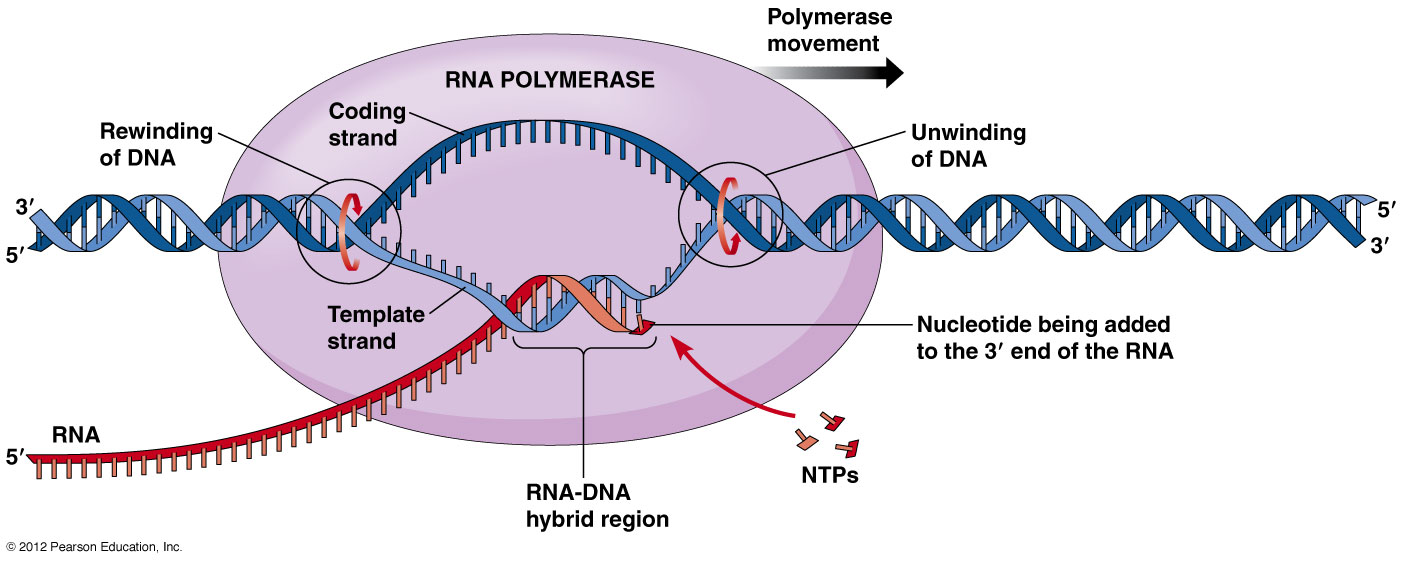

Together with p73, p63, and p53 form the p53 transcription factor (TF) family that shares a highly conserved DNA binding domain (DBD) through which they bind to very similar DNA recognition motifs. In contrast to the tumor suppressor p53 with its extensive set of target genes controlling the cell cycle and apoptosis ( Fischer, 2017 Sammons et al., 2020), its phylogenetically ancient sibling p63 (ΔNp63) governs epidermis development ( Mills et al., 1999 Yang et al., 1999) and is an oncogenic driver of squamous cell carcinoma (SCC) ( Cancer Genome Atlas Research Network et al., 2018 Gatti et al., 2019) that is overexpressed or amplified in SCCs, which depend on its expression ( Ramsey et al., 2013). We integrate these data with enhancer:gene associations to predict p63 target genes and identify those that are commonly de-regulated in SCC representing candidates for prognosis and therapeutic interventions.


We use a novel iterative de novo motif search approach in conjunction with extensive ChIP-seq data to achieve a precise global distinction between p53-and p63-binding sites, recognition motifs, and potential co-factors. To address this intricate data situation, we provide an integrated resource that enables assessing the p63-dependent regulation of any human gene of interest. Particularly, analyses of p63 response elements differed substantially among the studies. Despite multiple gene expression studies becoming available, the limited overlap of reported p63-dependent genes has made it difficult to decipher the p63 gene regulatory network. The transcription factor p53 is the best-known tumor suppressor, but its sibling p63 is a master regulator of epidermis development and a key oncogenic driver in squamous cell carcinomas (SCC).


 0 kommentar(er)
0 kommentar(er)
